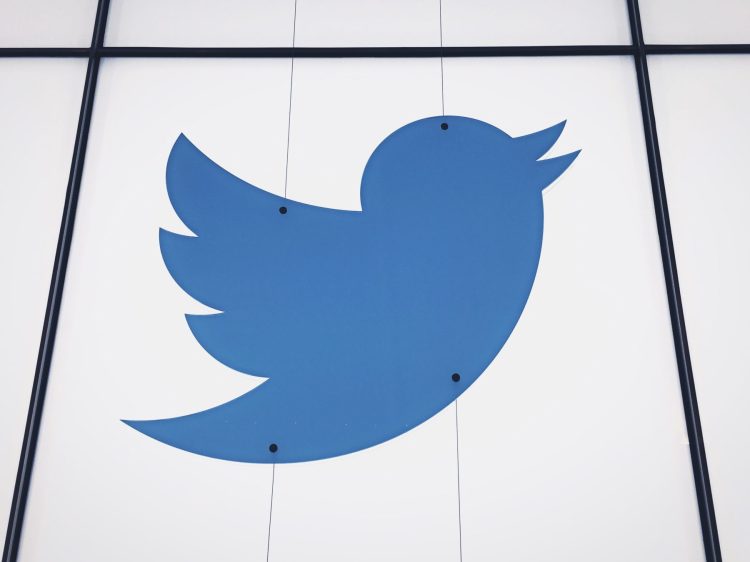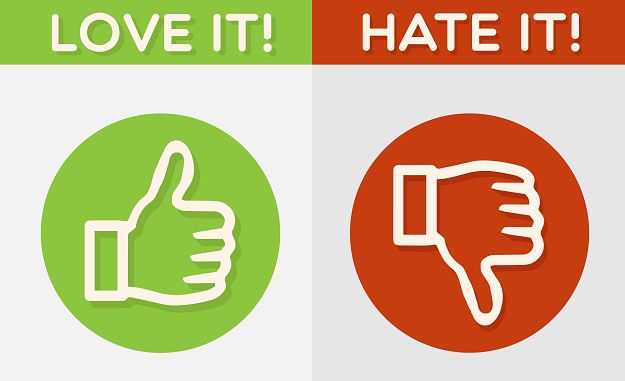I’ve spent many years studying, writing about, building, and funding companies (such as Bottlenose, Klout, and The Daily Dot) in Twitter’s ecosystem.
Despite the media chatter, I am still bullish on Twitter – as should be any investor who understands the social network’s fundamentals and true potential. Twitter has the highest revenue growth rate of any tech firm with over $2 billion in sales over the last year. And at today’s market cap, Twitter is an incredible bargain.
The company has enormous untapped potential to impact the world and create value for investors and partners — far more than short-term investors probably realize. But to unlock that hidden potential, some significant product and business model evolution may also be necessary.
I truly want the Twitter ecosystem to succeed. And it is in that spirit of support and optimism that I’m offering a number of ideas below that could help Twitter not only regain its former growth curve but surpass it. I’m breaking down my detailed playbook for the company into three sections:
1: Improving the signal-to-noise ratio on tweets
2: Enabling better search and collection of tweets
3: Focusing on being a network not a destination
Let’s jump straight to part 1.
1: Improving the signal-to-noise ratio on tweets
One of the primary challenges to using Twitter today is finding content you want and getting attention for your own content amid all the noise. I believe the changing ratio of reward to effort in Twitter is one of the underlying reasons engagement rates are not what they once were. Another way of thinking about this is that the signal-to-noise ratio in Twitter needs to be improved. There are several ways to fix this:
Smart personalization and filtering
The first thing Twitter needs to do is give users better ways to filter their timelines so they can improve the relevancy of what they see.
To do this, add machine-learning based personalization to the Twitter user-experience so that users can teach Twitter what they want to see (and what they don’t want to see).
How to do it:
- Twitter should add Netflix-style thumbs up (“more like this”) and thumbs down (“less like this”) feedback actions on each Tweet.
- Based on this feedback, Twitter can learn machine learning to learn and adapt to each user’s changing interests and prioritize content for them.
- In addition, by analyzing what each user has tweeted, retweeted, liked, or taken action on in the past, as well as who they follow and who follows them and takes action on their tweets, the system can learn even more deeply about changing user interests and priorities.
By personalizing the user experience, Twitter can vastly improve the signal-to-noise ratio for each user. This will help to restore the reward of participation by giving users more relevant and timely content when they use the app. This in turn will yield greater response rates to tweets, which not only rewards other users for tweeting but ultimately also rewards advertisers for their tweets as well.
A new metric for influence
Another way to filter and improve Twitter’s signal-to-noise ratio is to provide a better way to measure the value of a user.
Follower counts made sense as a filter in the early days of Twitter, but with the rise of fake Twitter accounts, Twitter followers for sale, and Twitter bots that generate followers, nobody trusts follower counts anymore.
Verified users and featured users is another approach, but that tends only to apply to celebrities or major brands. What about the 99% of the rest of the users?
Twitter needs to add its own influence score, like what Klout (a company I helped start) pioneered, to provide a better way to filter users and their tweets by influence.
A Twitter influence score would add another level of social reward to participating in Twitter, especially if this score doesn’t simply favor massive celebrities with enormous followings but rather is a true measure of a user’s expertise and potential to drive downstream engagement on topics.
How to do it:
- Influence should be a measure of potential downstream engagement that a user generates, and it might also take into account a formal measure of expertise and a measure of downstream influencers who follow a user.
- Users should have a cumulative influence score, as well as a sub-score for each topic or hashtag they are influential for.
- Ranking users on a topic by their real influence would create a competitive cycle where users would once again try to be in the top 1000 or top 100 for topics on Twitter.
- Every hashtag (and even every proper noun) on Twitter should have an auto-generated portal page with a leaderboard that ranks the influencers and content for that topic.
- Twitter could provide a badge for people who rank in the top 100 or top 1000 on a topic. This badge would appear on their Twitter profile and next to their favicon, and they could even put it on their resumes or on LinkedIn and other sites.
Implement congestion pricing
The signal-to-noise problem in Twitter has a negative impact on engagement and reward to consumers, publishers, and advertisers. What this comes down to is the fact that there is no cost to Tweet. A spammer can send thousands of useless messages at no cost drown out legitimate tweeters who don’t spam.
When you have a limited supply of something (in this case, user attention) and a potentially unlimited demand for it (in this case, content providers who want their attention), the solution is congestion pricing.
Uber, for example, has shown us all how congestion pricing works. We can also see congestion pricing in the rise of pay lanes on busy highways and in auctions for limited ad slots on search engines and TV networks. It’s time for Twitter to do this with tweets.
How to do it:
- Every tweet is essentially an ad to get attention from someone.
- Anyone should be able to tweet for free – which is like posting an ad for free. But free ads should get lower exposure than paid ones.
- Anyone should be able to optionally pay to boost a tweet to buy it higher visibility.
- Boosted tweets would be displayed at the top of feeds in a special section according to a dynamically priced auction run by Twitter.
- Boosting a tweet should be easy and built into the Twitter publishing UI/UX and API.
- Promoted tweets are simply the most premium boosted tweets – and they appear in an even more highlighted section above the regular boosted tweets.
- Users should be able to pay into their Twitter account to buy points that they can spend to boost posts.
- Points can also be earned by engaging with Twitter (see next section).
- Not only would congestion pricing make a ton of money for Twitter, but it would solve the signal-to-noise problem almost overnight. Some users would be upset and say this is unfair. Too bad. It’s better for Twitter as a whole, and ultimately for them too — because it would make Twitter far more usable and engaging for everyone.
Add a points economy
 There are several ways users can engage in Twitter. In the early days of Twitter, as I’ve mentioned above, the potential reward per amount of effort in engaging was higher, and this served to spur a lot of engagement. But today the potential reward for engaging has decreased – it’s simply harder to get attention than it was before. Twitter can solve this by further gamifying engagement to provide more potential reward.
There are several ways users can engage in Twitter. In the early days of Twitter, as I’ve mentioned above, the potential reward per amount of effort in engaging was higher, and this served to spur a lot of engagement. But today the potential reward for engaging has decreased – it’s simply harder to get attention than it was before. Twitter can solve this by further gamifying engagement to provide more potential reward.
How to do it:
- Twitter should implement a virtual currency system within Twitter, where users can earn and spend points (call them “Seeds” perhaps?).
- Twitter should reward users by enabling them to earn points when they do things that benefit Twitter and Twitter advertisers, such as posting tweets that earn a certain number of responses from other users, clicking on ads, sharing ads, or hitting “achievements” such as getting 20 retweets on a post, or getting 10,000 real followers, or ranking in the top 100 or top 1000 influencers on a topic, clicking on a certain number of tweets per day, etc.
- Users should also be able to earn points when other users optionally give them “tips” on Tweets they like.
- Users should be able to buy points for cash as well, by paying into their Twitter account.
- Users can spend their points to boost posts (essentially this is a micropayment to increase the visibility of a post), buying actual ads (promoted Tweets), or on giving “tips” to other users on posts they like.
- Points could be redeemable at an exchange rate for cash, or goods and services, just like loyalty programs for credit cards and frequent flyer programs.
A simple points economy would help to increase the potential reward of engaging in Twitter and could be very profitable to Twitter as well. Every user would become a potential paying advertiser. Tens of millions of users, each spending a few dollars a month, translates into meaningful revenue.
Improving the noise-to-signal is just one area where Twitter could greatly improve. The other two areas the company should focus on are:



